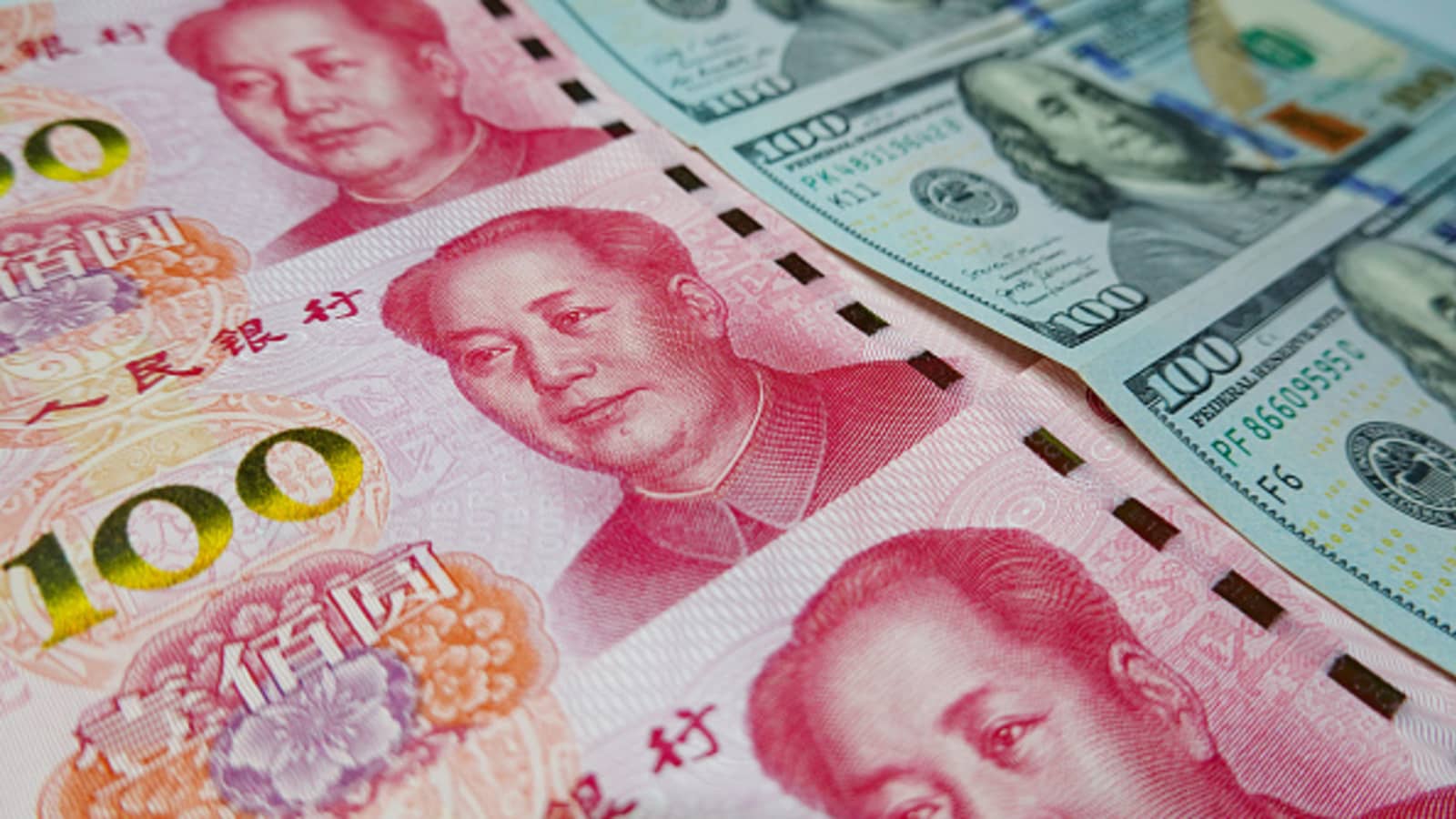Forex
Yuan is slow to move, with U.S. labor statistics in focus

The Chinese yuan did not show any pronounced dynamics against the dollar on Friday as many investors remained wary as they awaited key U.S. jobs data that could affect the prospect of monetary tightening before the end of the year.
Currency traders also said the market lacked clear signals from overseas peers as a lot of currency and commodity exchanges in the West are closed due to the Easter holiday.
Before the session opened, China’s central bank set the median fixed exchange rate at a one-week low of 6.8838 per dollar, 91 points weaker than the previous value of 6.8747 yuan per dollar.
The yuan changed little near the 6.877 mark in the mainland market, while in the offshore market – around 6.8794.
“The market doesn’t have a clear direction, investors are primarily watching U.S. data,” said a trader at a foreign bank.
Investors are focused on today’s U.S. labor statistics for March, which could provide more clues about the trajectory of the tightening ACA, which could affect the dollar and other major currencies, including the yuan.
Traders said they are also watching China’s credit and trade figures, which are due out next week, to gauge the pace of recovery in the domestic economy.
“While the economy may yet have a positive surprise this year, the relatively modest official target of a 5 percent GDP increase suggests that the authorities are not chasing growth at all costs,” said Alvin Tan of RBC Capital Markets.
“The (PRC) current account surplus is likely to shrink on the back of rising consumption and resumption of outbound tourism.”
Earlier, we reported that experts doubt Moscow and Beijing’s ability to challenge the dollar.

 Forex3 years ago
Forex3 years agoForex Today: the dollar is gaining strength amid gloomy sentiment at the start of the Fed’s week

 Forex3 years ago
Forex3 years agoUnbiased review of Pocket Option broker

 Forex3 years ago
Forex3 years agoDollar to pound sterling exchange rate today: Pound plummeted to its lowest since 1985

 Forex3 years ago
Forex3 years agoHow is the Australian dollar doing today?

 Cryptocurrency3 years ago
Cryptocurrency3 years agoWhat happened in the crypto market – current events today

 World3 years ago
World3 years agoWhy are modern video games an art form?

 Commodities3 years ago
Commodities3 years agoCopper continues to fall in price on expectations of lower demand in China

 Economy3 years ago
Economy3 years agoCrude oil tankers double in price due to EU anti-Russian sanctions































